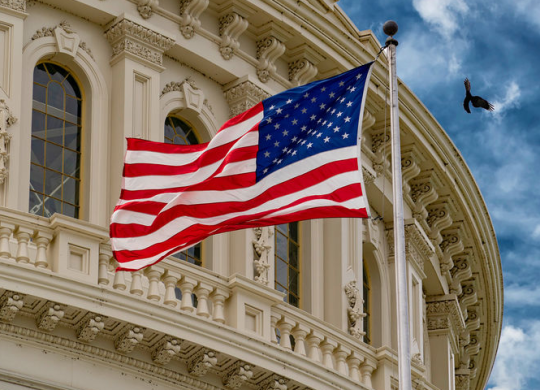Immigration to the USA for education: conditions, cost, types of visa

Studying in the USA opens up good prospects for the applicant: the opportunity to get a high-paying job in the future, career growth, social protection, and material support. This is a country of absolute human rights and freedoms and therefore attracts many. However, it is not easy to legally move to the States – you need to get a visa and other documents, which we will discuss later.
The most important thing is to get a student visa. This way you can immigrate to the United States legally and stay in the country for up to 8 years. Then you can apply for a work visa, or stay on a residence permit.
How to apply for a student visa?
The first stage in the process of studying in the United States is a student visa. It is not a residence permit, but a way to legally live in the States for 8 years, after which you can apply for citizenship.
Study visas in the United States are divided into several types:
1. F – for academic education and short-term language courses;
2. J – several types of studying, including student exchange programs;
3. M – advanced training courses or obtaining another profession.
The best option is an F1 study visa. You can also apply for J1 and M1 visas. However, you can work in your spare time only if you have an F1 or J1 visa.
Such a visa can be obtained for studying at colleges, universities, language courses, various summer programs, etc. At the same time, the student must have a study load of at least 20 hours per week during the semester, which makes it possible to also have a job.
The validity period of the visa depends on the duration of the program you are applying for. A one-year visa must be renewed annually, without limits.
How to come to the USA to study?
A student visa can be obtained by citizens of different countries who have enrolled in educational institutions. These can be schools, colleges, universities, or language programs. In different institutions, the conditions of admission differ, the better the educational institution, the more serious the requirements for applicants (tests, exams, education documents, level of English language skills). As for the last point, this is very important, because, without a certificate of the required level of proficiency in the state language in the United States, you will not be able to pass the entrance exams.
Important: when choosing an educational institution, you need to take into account the fact that it must have accreditation in the Student Information System and be a participant in the SEVIS exchange program. You can check the availability of your chosen institution here.
Financial guarantees are also required. That is, you have to prove that you have the financial ability to pay for education and accommodation. Various scholarships and grants are often used for this purpose.
Important nuances when obtaining a study visa to the United States
After you have decided on the educational institution in which you want to study, you need to receive from it documents on enrollment and tuition fees.
On the embassy's website, you need to provide documents on the payment of the SEVIS fee, fill out a special form, upload a photo, and then you can sign up for an interview.
At the interview, you need to prove that you plan to go to the States only for education, and intend to return home after its completion.
Documents you will need:
1. passport;
2. applying for a nonimmigrant visa, form DS-160, print out confirmation of the application form;
3. confirmation of payment of the consular fee;
4. print the registration for the interview;
5. forms sent to you by the educational institution as a confirmation of the intention to enroll you.
Prices for education in the USA
As for prices, they correspond to the quality of training. You'll need from 18,000 to 30,000 dollars a year, plus accommodation and other expenses. Capable students receive a scholarship, which somewhat reduces their burden.
There are several scholarship programs in the United States:
• Sponsorship (religious communities, cultural foundations, grants, job referrals from the employer);
• University;
• Government (vary by country).
Important: Scholarships are not analogous to free tuition. This is a kind of discount for the receiver of education, partial compensation for rental housing, and the possibility of obtaining assistance in finding a job.
Studying in the United States is paid for all students without exception. However, free tuition in the United States of America, despite the generally accepted opinion, still exists. It directly depends on the cooperation of the government of the country in which you live with the U.S. government. Today, there are many grants and student programs with which it is realistic to study in the States for free. Especially if education is related to scientific activities.
After graduation, you can stay in the United States for another year under the Optional Practical Training program. This is a paid internship that allows you to consolidate knowledge and skills in your profession. The program is only available to undergraduate and graduate students.
Students of technical professions (engineering, science, technology, mathematics) can also undergo internships under the STEM OPT program for 2 years.
Recommended articles
5 min
Residence permit
3 min
Work
3 min
Residence permit
All materials and articles are owned by VisitWorld.Today and are protected by international intellectual property regulations. When using materials, approval from VisitWorld.Today is required.

